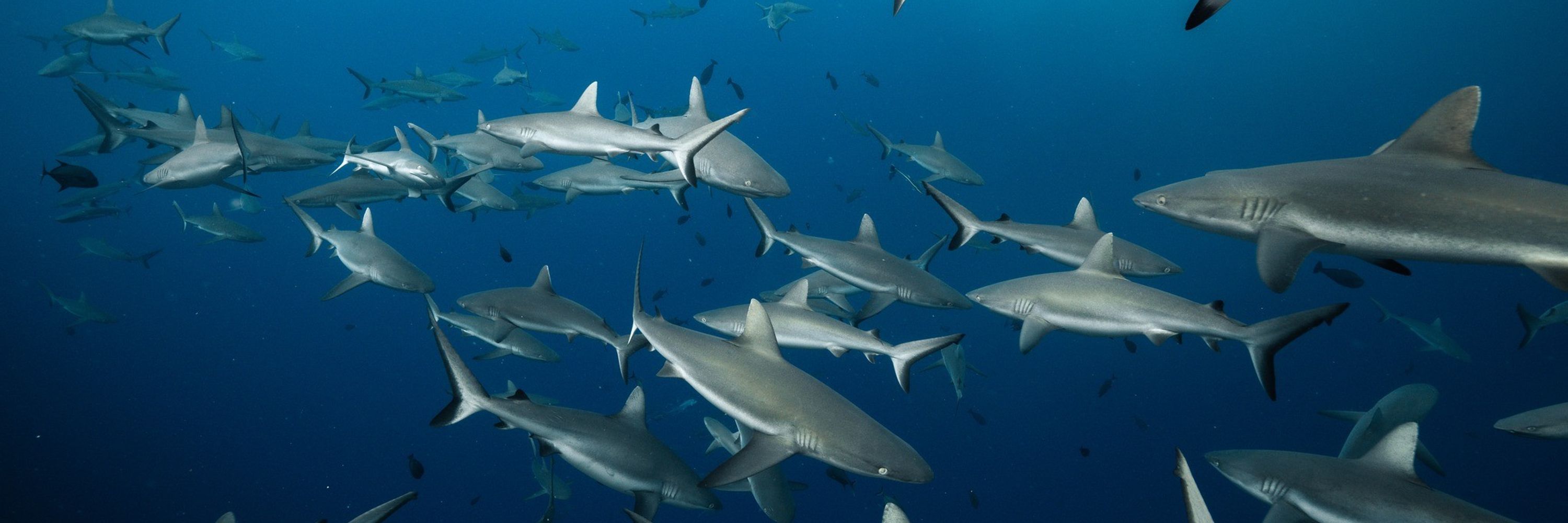Save Our Seas Foundation
@saveourseas.bsky.social
1.2K followers
550 following
380 posts
The Save Our Seas Foundation supports marine projects in the areas of conservation, awareness, research and education.
https://saveourseas.com/
Posts
Media
Videos
Starter Packs

















